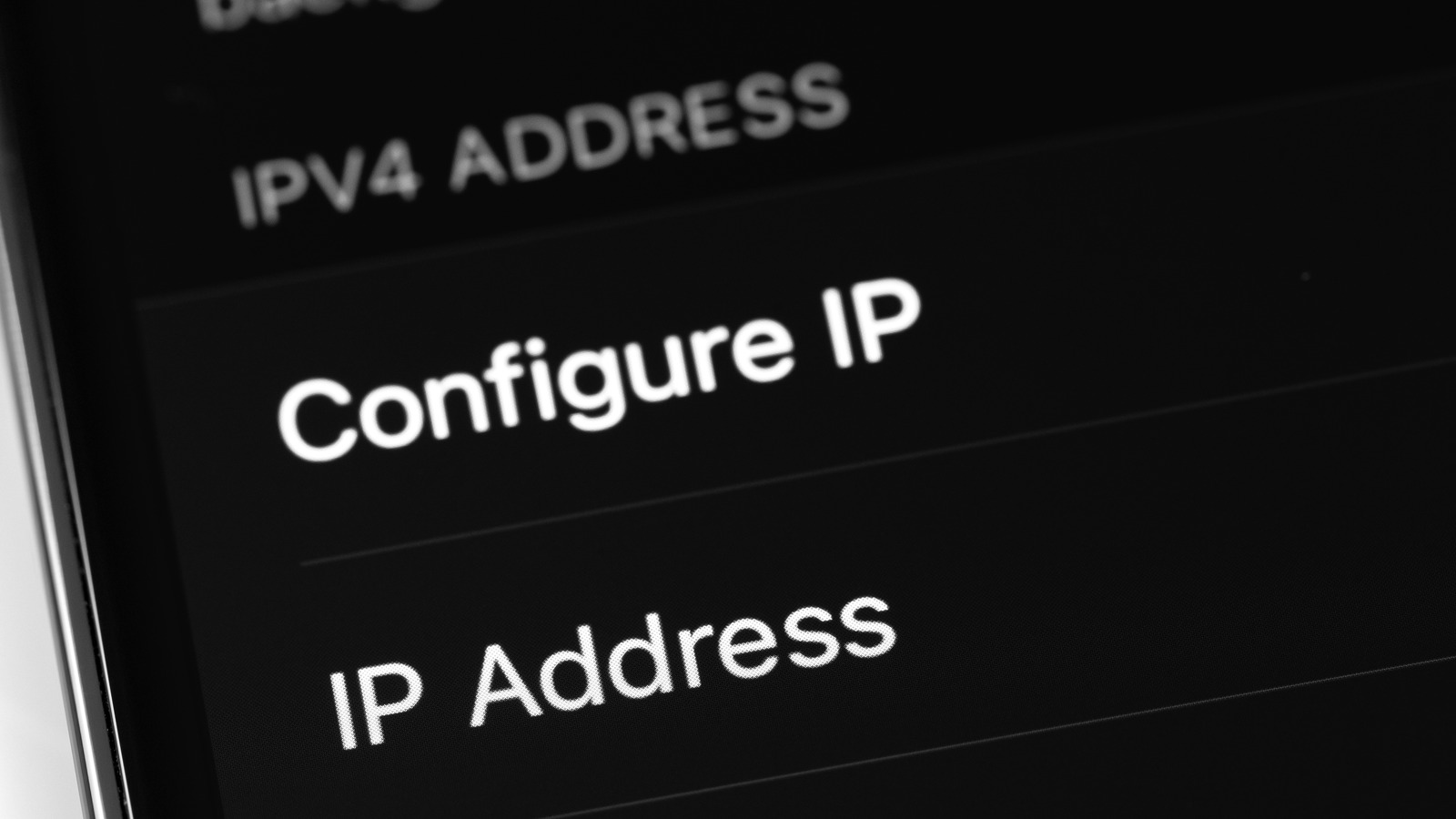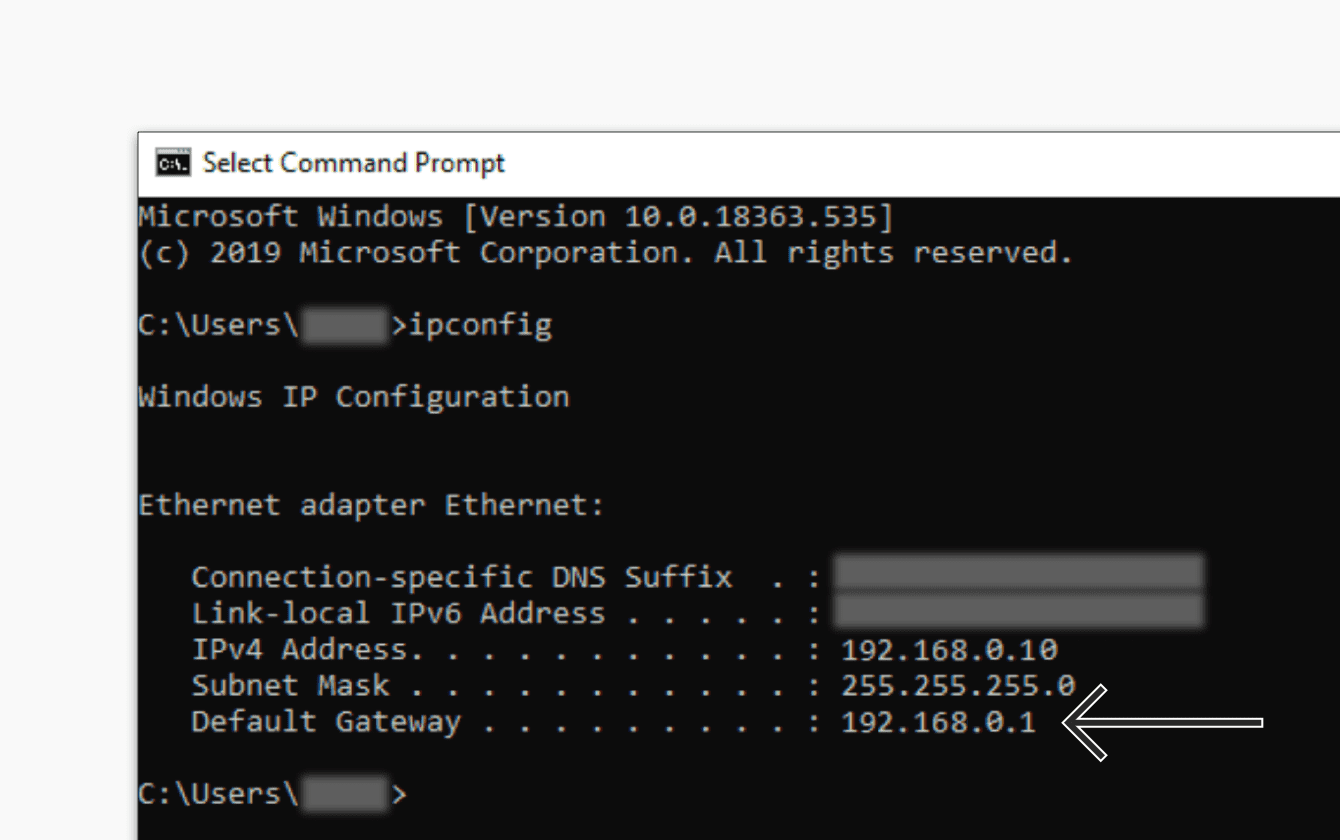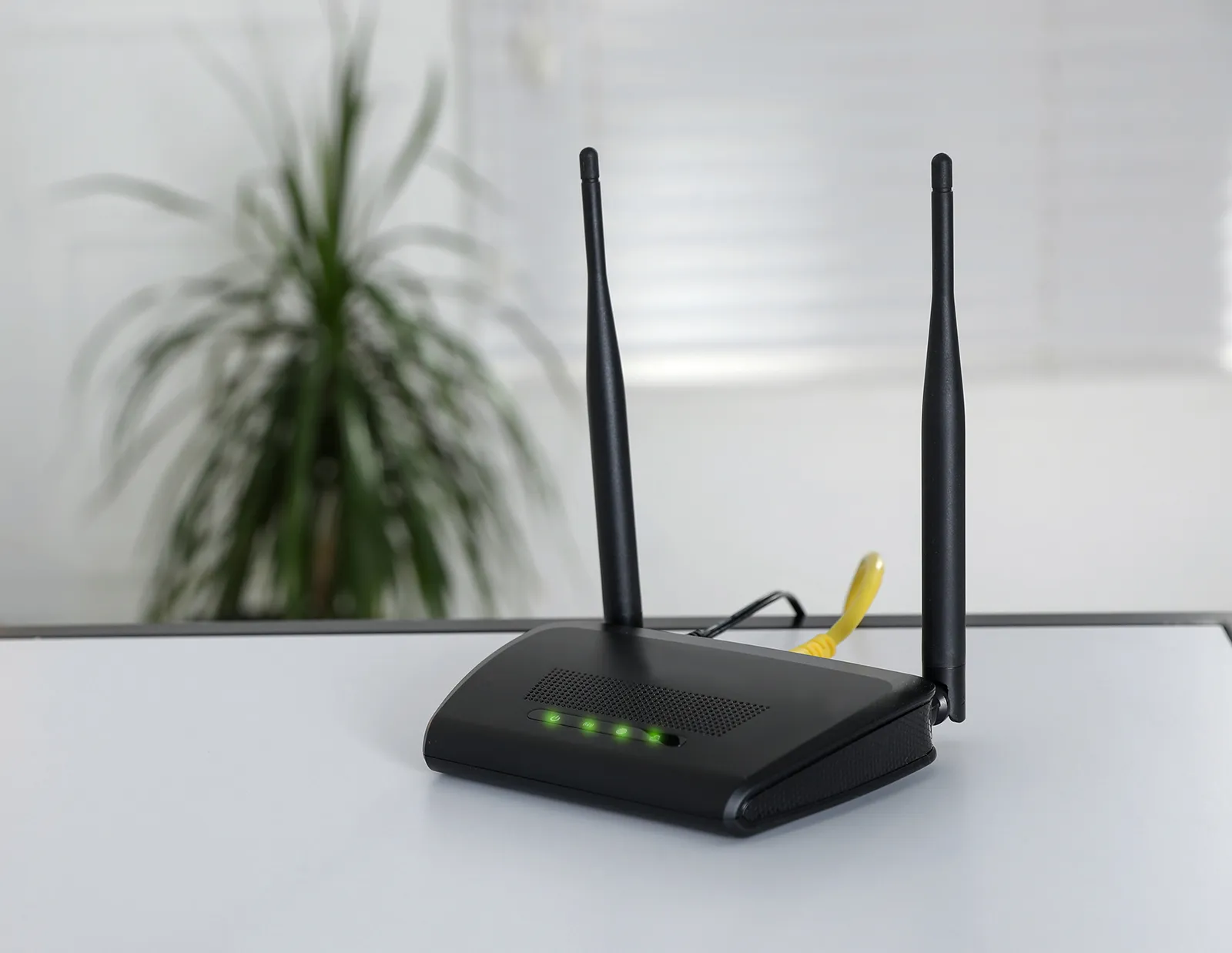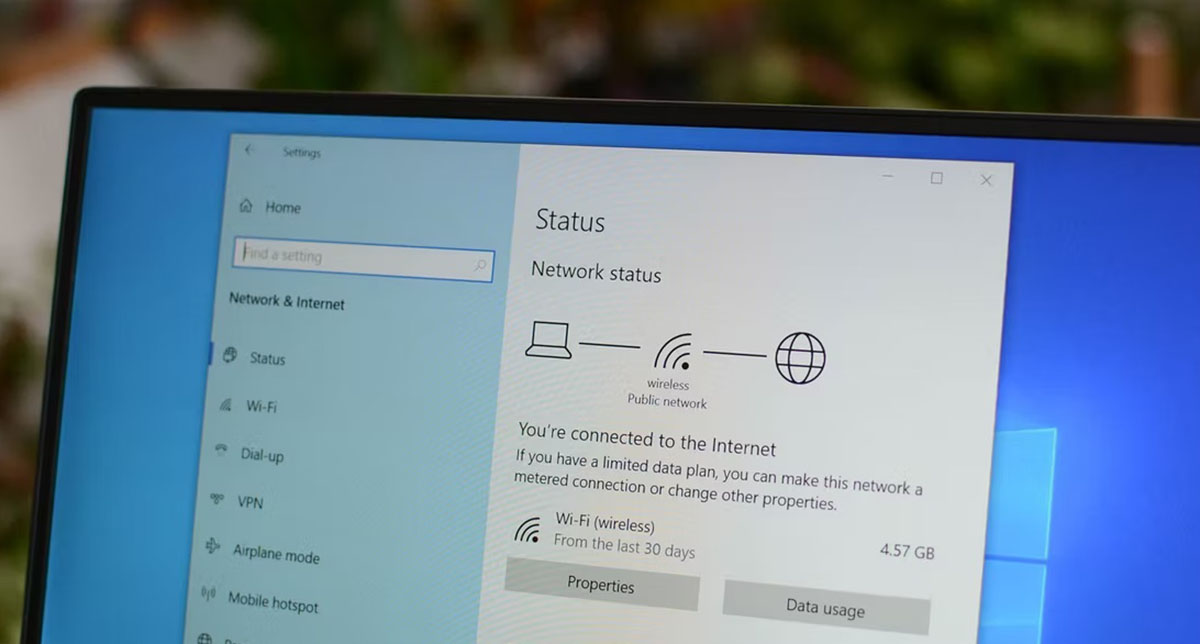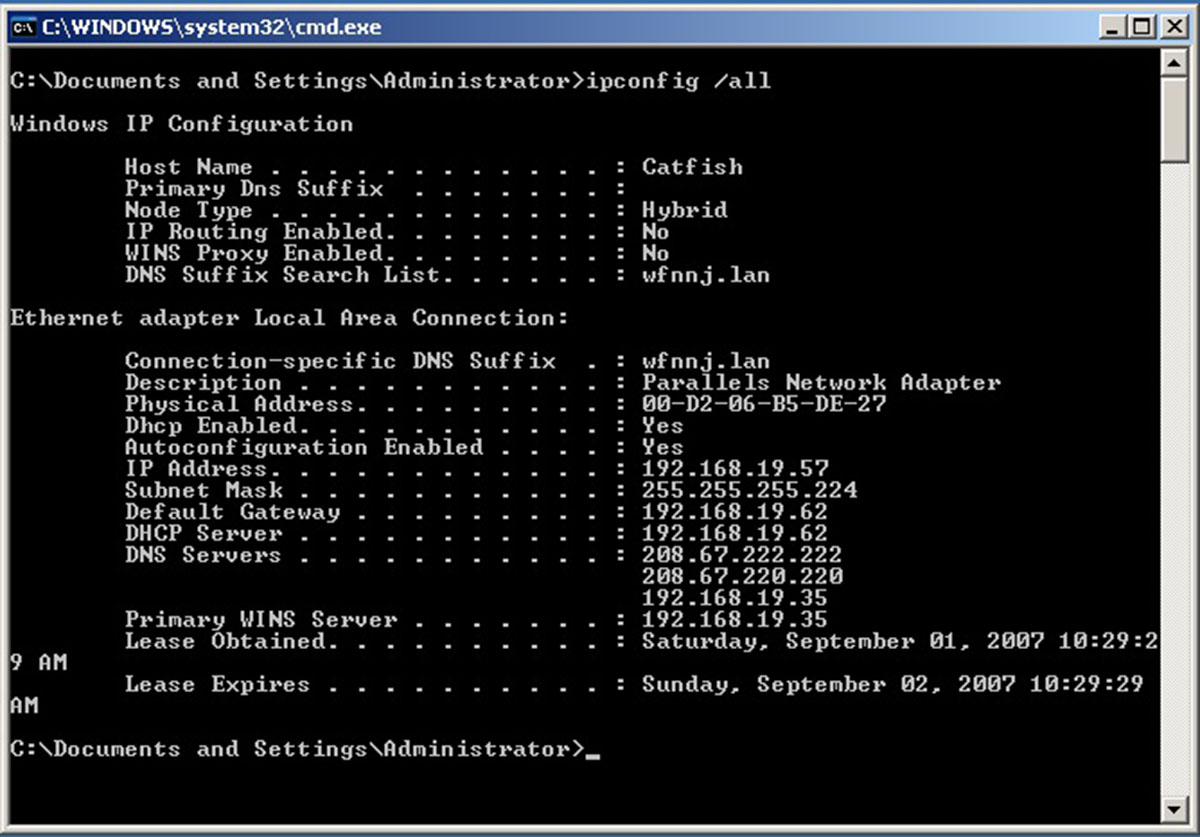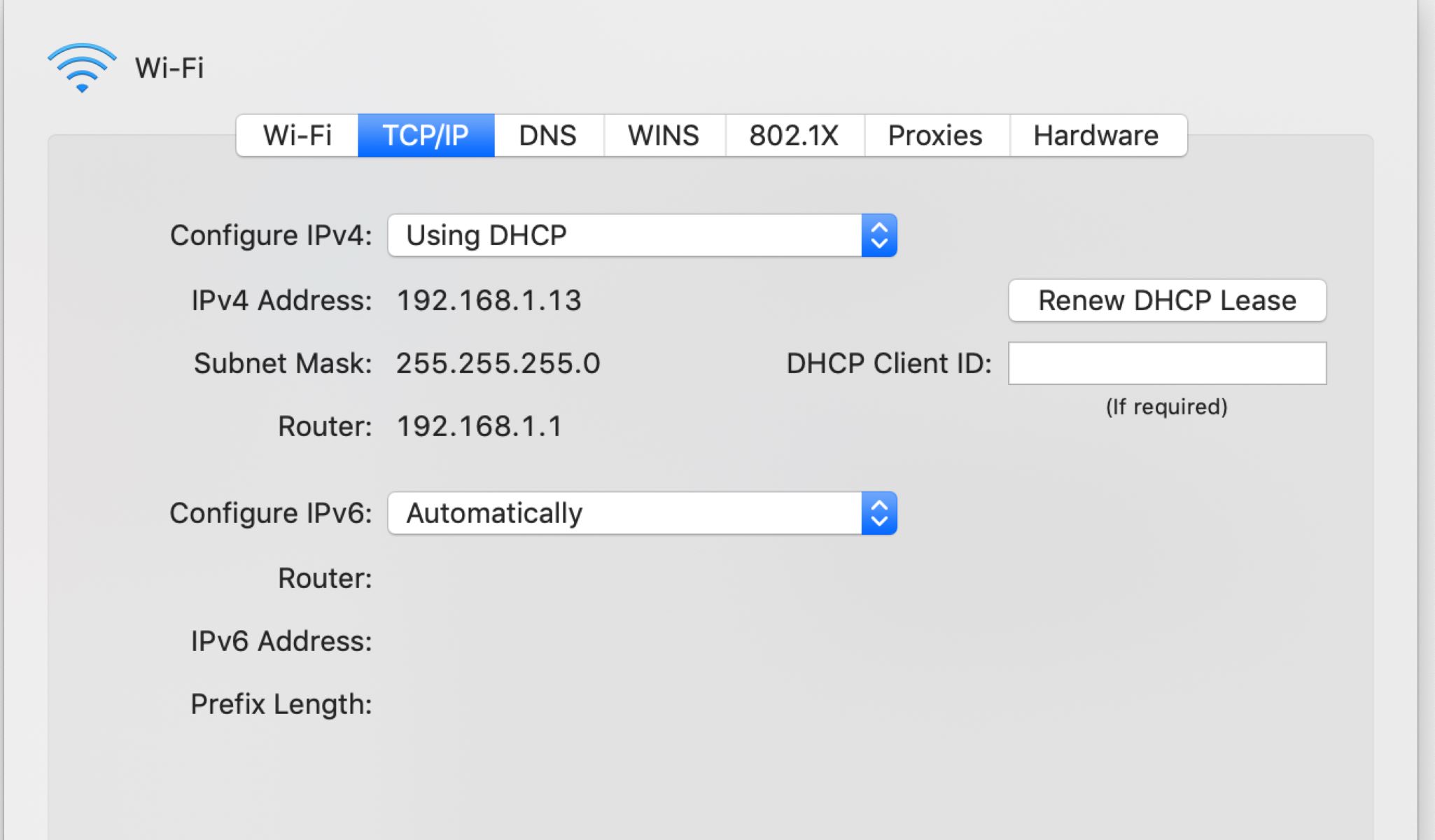Introduction
Welcome to this guide on how to find your IP address on an Android device. In today’s digital age, understanding your IP address is essential. Whether you’re troubleshooting network connectivity issues, setting up a secure connection, or simply curious about your device’s network configuration, knowing how to locate your IP address can be invaluable.
But first, let’s clarify what an IP address is. IP stands for Internet Protocol, which is a set of rules governing the format of data sent over the internet. An IP address serves as a unique identifier for your device on a network. It allows other devices to locate, communicate, and exchange data with your device.
There are two main types of IP addresses: IPv4 (Internet Protocol version 4) and IPv6 (Internet Protocol version 6). IPv4 addresses consist of four sets of numbers separated by periods (e.g., 192.168.0.1), while IPv6 addresses are longer and consist of eight sets of alphanumeric characters separated by colons (e.g., 2001:0db8:85a3:0000:0000:8a2e:0370:7334).
Now, you might be wondering why you would need to find your IP address on an Android device. There are various reasons for this. Firstly, it can help you troubleshoot network-related issues. If you’re experiencing connection problems, knowing your IP address can provide valuable information to network administrators or customer support.
Secondly, finding your IP address is essential if you’re setting up a secure connection or accessing a networked device remotely. For example, if you’re configuring a VPN (Virtual Private Network) on your Android device, you’ll need to input your IP address to establish the connection.
Lastly, understanding how to locate your IP address allows you to ensure your device’s network settings are correctly configured. It can be helpful in diagnosing issues related to network connectivity, DHCP (Dynamic Host Configuration Protocol), or obtaining a specific IP address assigned by your router.
In this guide, we’ll explore multiple methods to find your IP address on an Android device. You can either use the settings menu, network analyzer apps, terminal emulator apps, or check your router’s admin panel. Let’s dive into each method and learn how to locate your IP address on your Android device.
What is an IP Address
An IP address, short for Internet Protocol address, is a unique numerical identifier assigned to every device connected to a computer network. It serves as a means of identification and enables devices to communicate with each other over the internet. Think of it as a digital address that allows data to be sent and received between devices.
IP addresses are an essential component of the internet’s infrastructure. They provide a way for data packets to be routed across different networks and reach their intended destination. Without IP addresses, devices would not be able to connect with each other or access the vast digital realm we call the internet.
There are two main types of IP addresses: IPv4 and IPv6. IPv4 is the older version and consists of four sets of numbers ranging from 0 to 255, separated by periods. For example, 192.168.0.1 is a common IPv4 address format. However, with the rapid increase in the number of devices connected to the internet, IPv4 addresses started running out. This led to the development of IPv6, which uses a longer format with eight sets of alphanumeric characters separated by colons.
Each IP address has two components: the network ID and the host ID. The network ID identifies the network to which the device is connected, while the host ID represents the specific device on that network. This division allows for efficient routing of data packets across networks.
IP addresses can be either static or dynamic. A static IP address remains constant and is manually assigned to a device. It is often used for servers or devices that need a fixed address, such as printers or security cameras. On the other hand, dynamic IP addresses are assigned by a DHCP server and can change over time. Most devices, including smartphones and computers, use dynamic IP addresses.
In addition to identifying devices, IP addresses also play a crucial role in enabling communication protocols like TCP/IP (Transmission Control Protocol/Internet Protocol) to work. These protocols provide a set of rules that govern how data packets are formatted, transmitted, received, and reassembled. IP addresses are an integral part of this process, ensuring that data reaches the correct destination across different networks.
In summary, an IP address is a unique identifier assigned to every device connected to a network. It allows devices to communicate with each other over the internet and forms the backbone of modern internet connectivity. Understanding IP addresses is essential for troubleshooting network issues, setting up secure connections, and managing network configurations.
Why do you need to find your IP Address on Android
Knowing how to find your IP address on an Android device can be beneficial in several ways. Here are some reasons why you may need to locate your IP address on Android:
Troubleshooting Network Issues: When experiencing network connectivity problems on your Android device, finding your IP address can provide valuable information for diagnosing and resolving the issue. It allows you to check if your device is connected to the network and ensure that the correct network settings are configured. You can also share your IP address with network administrators or technical support for troubleshooting assistance.
Setting up Secure Connections: If you’re looking to establish a secure connection on your Android device, such as a Virtual Private Network (VPN), knowing your IP address is essential. You may need to input it during configuration to connect to the VPN server, ensuring that your internet traffic is encrypted and secure. Your IP address is also required for other secure connections, such as remote desktop access or accessing networked devices.
Monitoring Network Usage: By knowing your IP address on Android, you can keep track of your network usage. Some apps or services may require you to input your IP address to monitor data usage, set limits, or track bandwidth usage. This can be particularly useful if you have a limited data plan or want to monitor your internet usage for specific purposes.
Verifying Router Configurations: Your Android device’s IP address can help you understand and verify the configurations of your Wi-Fi router. By accessing your router’s admin panel and checking the connected devices list, you can compare your device’s IP address with the assigned IP addresses to ensure proper network setup and detect any conflicts or errors.
Network Testing and Debugging: If you’re a developer or tech-savvy user, knowing your IP address can aid in network testing and debugging. It allows you to analyze network traffic, test connectivity between devices, or troubleshoot issues with networked applications. You can use your IP address to perform network scans, ping other devices, or perform advanced network diagnostic tasks.
In summary, finding your IP address on an Android device is crucial for troubleshooting network issues, setting up secure connections, monitoring network usage, verifying router configurations, and performing network testing and debugging. It provides valuable information about your device’s network connectivity and allows you to ensure that everything is in order for smooth and secure online experiences.
Method 1: Using the Settings Menu
Finding your IP address on an Android device can be done easily through the Settings menu. Here’s a step-by-step guide on how to locate your IP address using the Settings menu on Android:
- Unlock your Android device and go to the home screen.
- Swipe down from the top of the screen to access the notification panel and tap on the gear icon to open the Settings menu.
- Scroll down and look for the “Network & internet” or “Connections” option. Tap on it to proceed.
- Within the network settings panel, find and select the “Wi-Fi” option.
- Locate the network that your Android device is currently connected to and tap on it.
- A new screen will appear with detailed information about the Wi-Fi network. Look for the “IP address” field, which will display your device’s current IP address.
- Make a note of the IP address for future reference or troubleshooting purposes.
Keep in mind that the exact steps may vary slightly depending on your Android device’s manufacturer and operating system version. However, the general process of finding your IP address through the Settings menu should remain similar across most Android devices.
Using the Settings menu to find your IP address is a straightforward and convenient method. It does not require any additional apps or technical knowledge, making it accessible to all Android users. This method allows you to quickly access and note down your IP address for various purposes, such as setting up network connections or troubleshooting network issues.
Now that you know how to find your IP address using the Settings menu on Android, you can proceed to the next methods if you prefer alternative approaches or face any difficulties with this method.
Method 2: Using a Network Analyzer App
If you prefer a more advanced method or want additional network information, using a network analyzer app is a great option to find your IP address on Android. Network analyzer apps provide in-depth details about your network connection, including your IP address. Here’s how you can use a network analyzer app to find your IP address on Android:
- Open the Google Play Store on your Android device and search for a network analyzer app. Some popular network analyzer apps include Fing, Network Analyzer, and IP Tools. Choose an app that suits your preferences and install it on your device.
- Launch the network analyzer app that you just installed.
- Allow the app to access your device’s network information by granting the necessary permissions when prompted.
- Once the app is open, it will provide you with various network analysis tools and information.
- Look for the section or option that provides details about your network connection or IP address. In most cases, you can find this information on the app’s main screen or in a dedicated network information section.
- Within this section, you should be able to locate your IP address. It may be displayed as “IP address,” “Local IP,” or something similar.
- Make a note of the IP address shown in the app for future reference or use.
Using a network analyzer app offers more extensive network information and advanced features beyond just finding your IP address. These apps often provide details about connected devices, network speed, signal strength, and other relevant network metrics. They can be useful for network troubleshooting, monitoring, and optimizing your network connection.
Remember that there are several network analyzer apps available in the Play Store, each with its own interface and features. Feel free to explore different apps to find the one that best suits your needs and preferences. It’s worth noting that some apps may offer additional features as in-app purchases or display ads, so keep this in mind when choosing an app.
Using a network analyzer app provides a comprehensive solution to finding your IP address on Android. It offers more advanced network information and additional tools to help you better understand and manage your network connection. Whether you’re a tech enthusiast, network administrator, or simply curious about your network’s performance, a network analyzer app can be a valuable addition to your Android device.
Method 3: Using a Terminal Emulator App
For users who are comfortable with command-line interfaces, using a terminal emulator app is another method to find your IP address on Android. Terminal emulator apps allow you to execute commands directly on your device, providing access to advanced network information. Here’s how you can use a terminal emulator app to find your IP address on Android:
- Go to the Google Play Store on your Android device and search for a terminal emulator app. Some popular options include Termux, JuiceSSH, and ConnectBot. Choose and install the app that suits your preferences.
- Launch the terminal emulator app that you installed.
- A command-line interface will appear, allowing you to execute commands.
- Type the following command:
ifconfigorip addressand press Enter. These commands will display detailed network information, including your IP address. - Look for a section labeled “inet,” “inet addr,” or similar. The IP address associated with your device will be listed there.
- Note down the IP address displayed on the screen for future reference or use.
Using a terminal emulator app provides a more technical approach to finding your IP address. It allows you to access system-level information and execute commands directly on your Android device. This method can be particularly useful for advanced users, developers, or network administrators who need deeper insights into network configurations and related information.
Keep in mind that different terminal emulator apps may have slight variations in commands or interface layouts. If the ifconfig or ip address commands do not work, you can refer to the app’s documentation or search online for alternative commands specific to the emulator app you are using.
Using a terminal emulator app gives you more control and flexibility in accessing network information on your Android device. It allows you to dive into the technical aspects of your network configuration and obtain accurate details about your IP address. If you are comfortable working with command-line interfaces, this method can provide a comprehensive solution to finding your IP address on Android.
Method 4: Checking your Router’s Admin Panel
If you want to find your IP address from a different perspective or access more detailed network information, checking your router’s admin panel is an effective method. By accessing your router’s settings, you can easily locate the IP address assigned to your Android device. Here’s how you can find your IP address by checking your router’s admin panel:
- On your Android device, ensure that you are connected to the same Wi-Fi network as your router.
- Open a web browser on your device.
- In the address bar, type the default IP address of your router. Common default IP addresses include “192.168.1.1” or “192.168.0.1.” If you are unsure of your router’s IP address, you can usually find it on the back or bottom of your router or refer to the manufacturer’s documentation.
- Press Enter to access your router’s admin panel. You may need to enter a username and password to log in. If you haven’t changed these credentials before, try the default ones provided by the manufacturer.
- Once logged in, navigate to the section or page that displays the connected devices or DHCP settings.
- Look for your Android device in the list of connected devices. The IP address assigned to your device will be displayed next to its name or MAC address.
- Note down the IP address associated with your Android device for future use.
Checking your router’s admin panel allows you to view the network configuration details, including the IP address assigned to your Android device. It provides a comprehensive overview of the network, DHCP settings, connected devices, and other relevant information.
The precise steps to access your router’s admin panel may vary depending on the router brand and model. If you encounter any difficulties, consult your router’s user manual or contact your internet service provider for assistance.
By checking your router’s admin panel, you can easily find the IP address assigned to your Android device. This method offers a different perspective on network information and allows you to gain insights into your network configuration from the router’s standpoint.
Once you have obtained the IP address, you can use it for various purposes, such as setting up port-forwarding, configuring network settings, or troubleshooting network-related issues.
Conclusion
Finding your IP address on an Android device is essential for troubleshooting network issues, establishing secure connections, monitoring network usage, verifying router configurations, and performing network testing and debugging. Luckily, there are multiple methods to locate your IP address on Android, catering to different user preferences and technical abilities.
Firstly, using the Settings menu provides a straightforward and convenient way to find your IP address. It doesn’t require any additional apps and is readily accessible to all Android users. By navigating through the settings, you can quickly locate your IP address and use it for various purposes.
Alternatively, network analyzer apps offer more comprehensive network information, including IP address details. These apps provide advanced tools for network troubleshooting, monitoring, and optimization. By installing and using such apps, you can gain deeper insights into your network and ensure optimal connectivity.
For users with technical knowledge and a preference for command-line interfaces, terminal emulator apps provide a more advanced method to find your IP address. By executing specific commands, you can access detailed network information and obtain your IP address directly from your Android device.
Lastly, checking your router’s admin panel is a different approach to finding your IP address. By logging into your router’s settings, you can view the IP address assigned to your Android device from the router’s perspective. This method allows you to understand your network configuration better and access additional network information.
In conclusion, understanding how to find your IP address on Android is crucial for various reasons. Whether it’s troubleshooting network issues, setting up secure connections, monitoring network usage, or verifying router configurations, knowing your IP address enables you to manage and optimize your network effectively.
We hope this guide has provided you with valuable insights and practical methods to find your IP address on Android. Choose the method that suits you best and enjoy a seamless and connected digital experience on your Android device.









